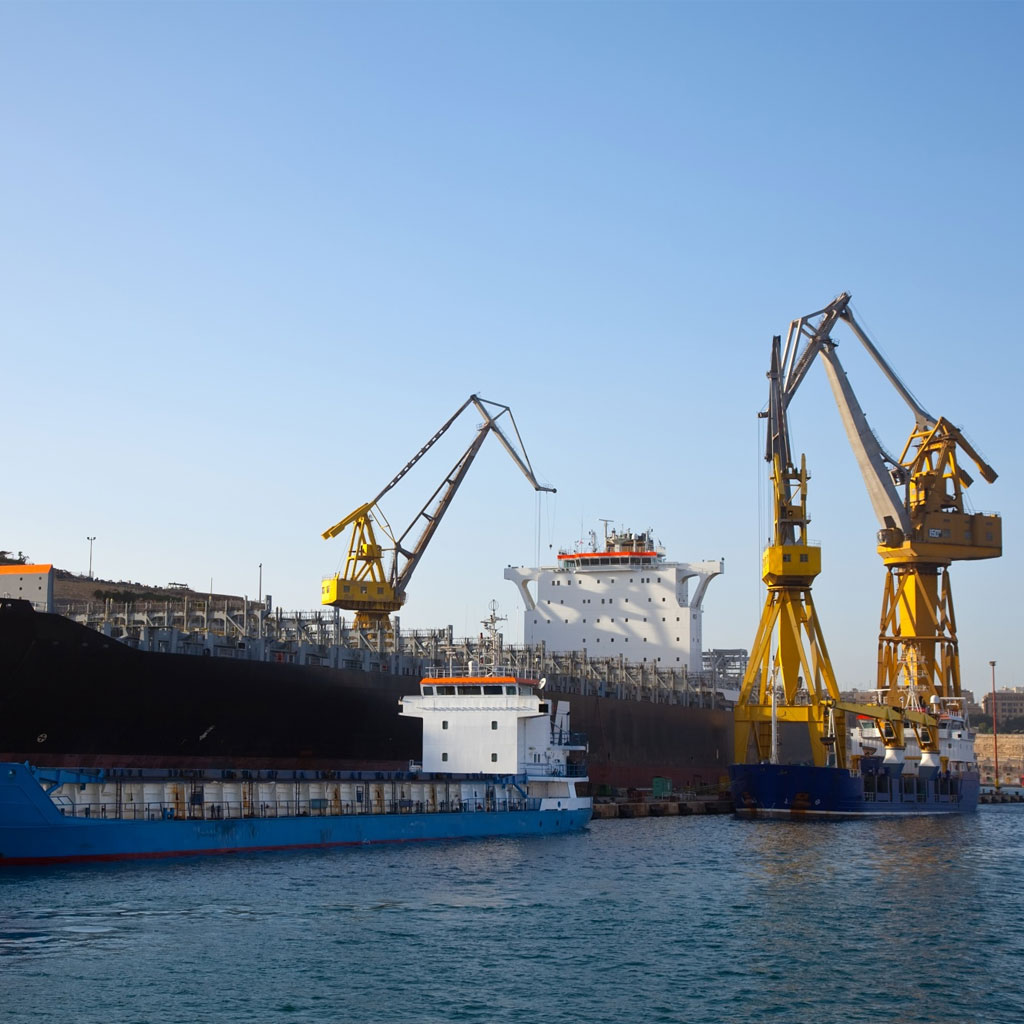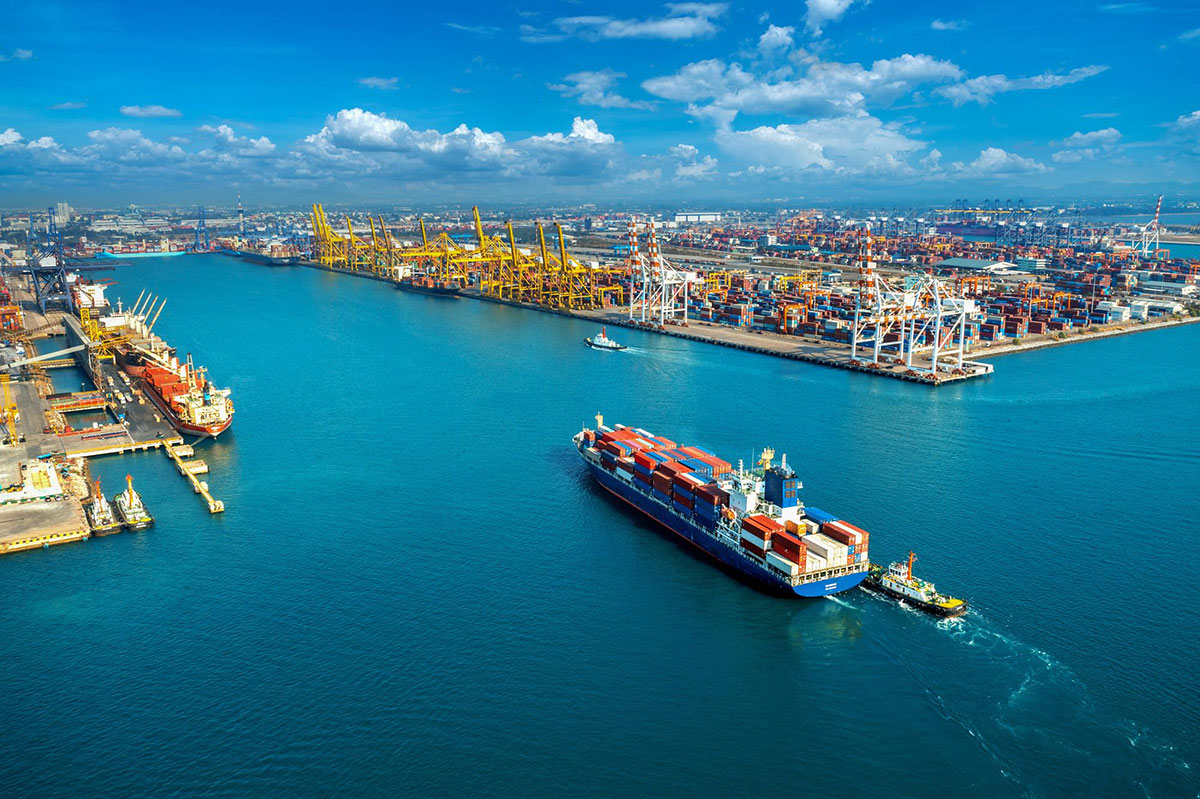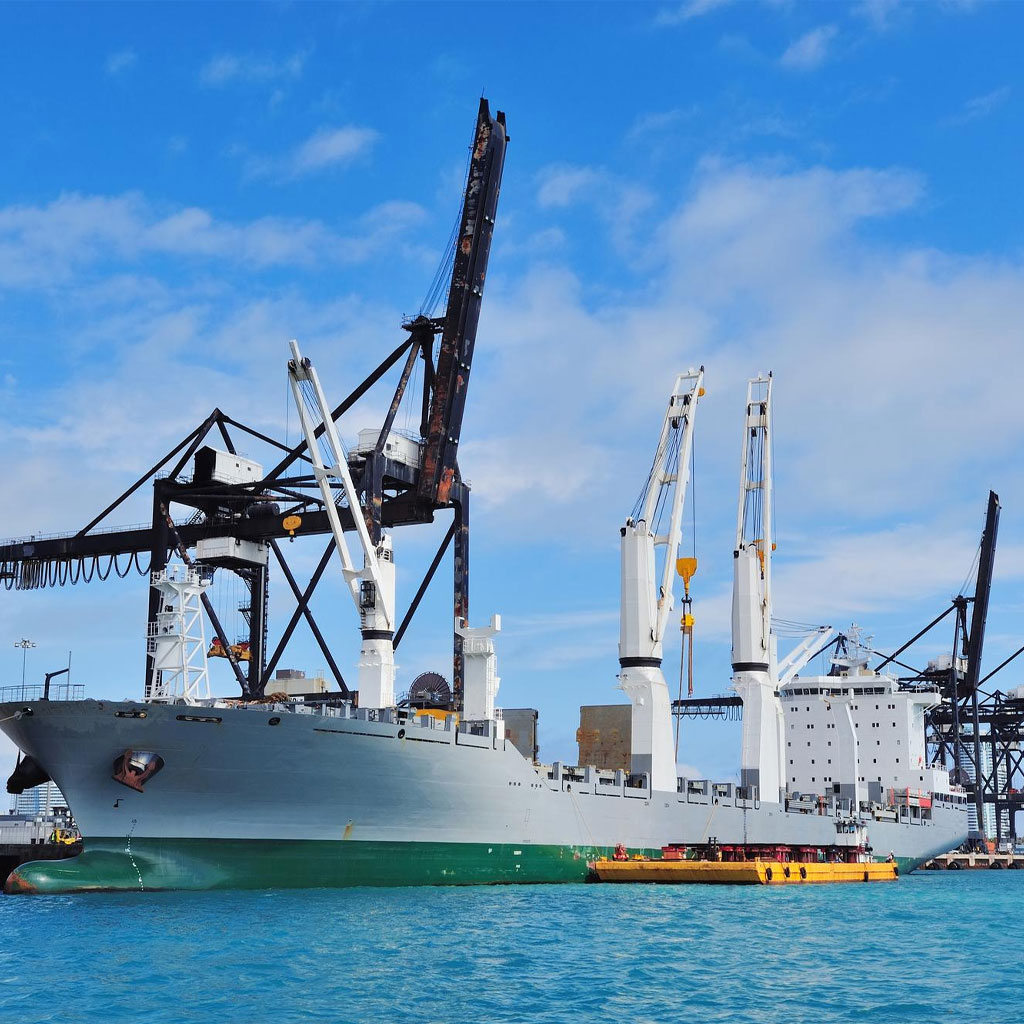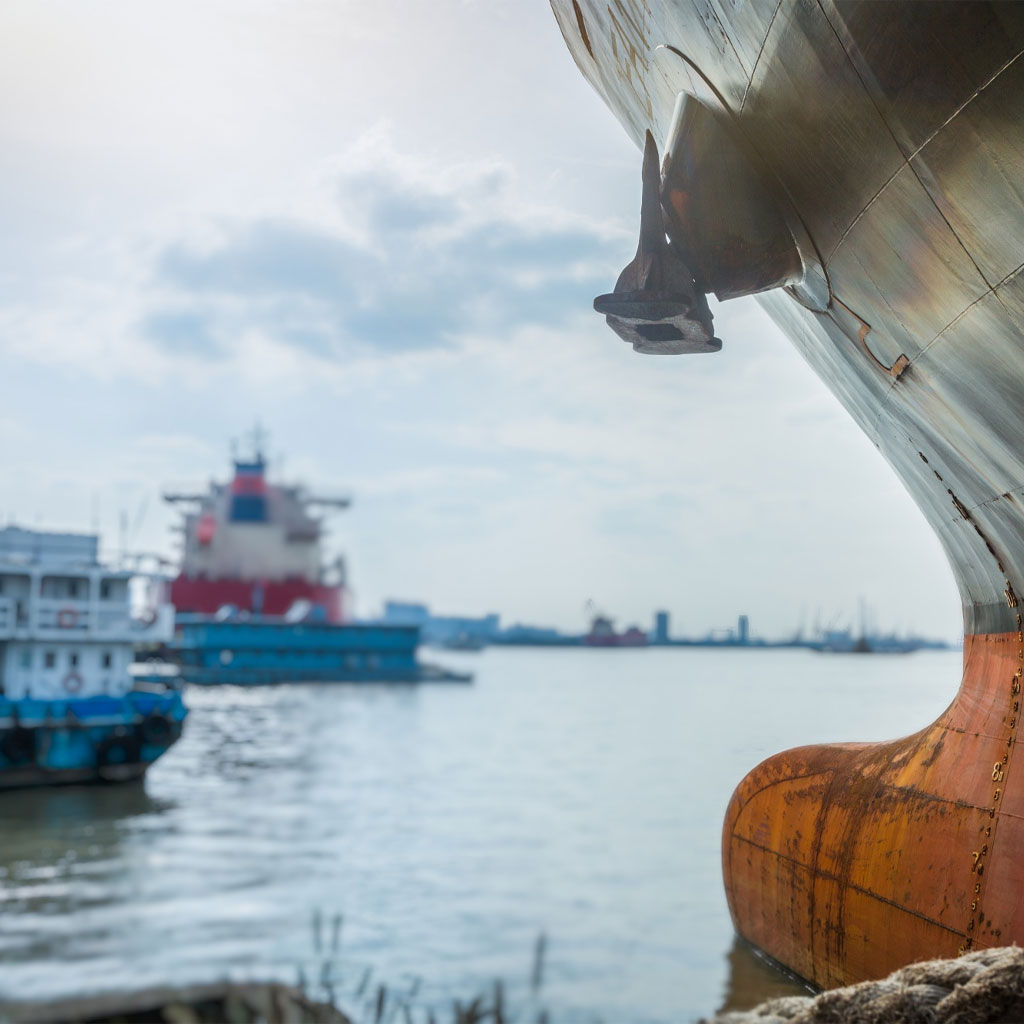
What Is Sea Freight?
What Is Sea Freight and Why Is It the Most Important Method of Cargo Transportation in the World?
Introduction
In today’s globalized world, international trade continues to expand rapidly, and various methods are used to transport goods. From air and land transport to rail and sea freight, each method plays a vital role in the global supply chain. Among them, sea freight holds a particularly important position in the international economy. This method not only covers the majority of global trade but also stands unmatched in terms of cost efficiency and transport capacity. According to the International Maritime Organization (IMO), more than 80% of global trade is carried out by sea.
In this article, we will examine what maritime transport exactly is, what advantages it offers, and why, despite the development of other methods, it remains the most important means of moving goods around the world.
What Is Sea Freight?
Sea freight refers to the process of moving goods through international waterways using cargo ships. It is one of the oldest and most reliable forms of trade between nations and plays a crucial role in the supply of raw materials, energy transport, and export of manufactured goods.
In sea freight, goods are usually loaded into standardized containers that can be easily transferred between ships, trucks, and trains. This multimodal transport structure significantly reduces both the time and cost of moving goods.
The History of Sea Freight Worldwide
Trade via sea has a history of several millennia. From the Phoenicians and ancient Egyptians to the Age of Discovery, the sea has always been a safe and strategic route for the exchange of goods.
During the Middle Ages, maritime routes between Asia and Europe boosted the trade of spices and luxury goods. Later, in the 19th century, with the advent of steamships and then diesel engines, modern maritime transport was born.
Today, the international fleet of ships uses smart technologies, GPS tracking systems, and fuel-efficient engines, forming one of the most advanced transportation networks in the world.
Types of Sea Freight Methods
Sea freight is carried out in several ways, depending on the type of goods and their destination:
1. Container Shipping
One of the most common types of sea freight is container shipping. In this method, goods are loaded into steel containers of standard sizes (typically 20 or 40 feet). This approach ensures high security, reasonable shipping costs, and suitability for most export goods.
2. Bulk Shipping
This type of transport is used for commodities such as grains, coal, iron ore, and minerals, which are loaded in bulk into large cargo holds. Bulk carriers have extremely high capacities and are mainly used for raw or heavy goods.
3. Liquid Shipping
This method is used to transport crude oil, petrochemical products, and other industrial liquids. Special ships known as tankers are designed specifically for this purpose.
4. Roll-on/Roll-off (Ro-Ro) Shipping
In this model, vehicles such as trucks and cars roll directly onto the ship and are driven off at the destination. This method is highly practical for automobiles and heavy machinery.
Advantages of Sea Freight
Sea freight offers numerous advantages that make it the first choice in international trade:
1. High Capacity
No other mode of transport can match sea freight in terms of capacity. A single container ship can carry thousands of tons of cargo simultaneously, significantly reducing the cost per unit of transportation.
2. Cost Efficiency
Due to lower fuel consumption relative to cargo weight, sea freight is highly economical. Compared to air or land transport, the cost of shipping per ton of goods by sea is far lower.
3. High Safety
Despite unpredictable marine conditions, the shipping industry operates under strict international safety standards. Modern navigation systems, cargo control mechanisms, and comprehensive insurance coverage ensure the security of shipments.
4. Global Coverage
Today, almost every country has active ports, meaning goods can be transported between virtually any two points on the planet by sea.
5. Environmental Compatibility
Compared to air or road transport, sea freight produces significantly lower greenhouse gas emissions. As a result, many international companies choose sea freight to minimize their carbon footprint.
Main Sea Freight Routes Around the World
The global sea freight network includes key routes that handle the majority of world trade:
- Suez Canal (Egypt): Connects the Mediterranean Sea to the Red Sea.
- Strait of Malacca (Between Malaysia and Indonesia): One of the busiest sea freight routes in Asia.
- Panama Canal (USA): Connects the Atlantic Ocean to the Pacific Ocean.
- North Sea and Port of Rotterdam: The largest port in Europe, playing a vital role in imports and exports.
- Persian Gulf and Strait of Hormuz: One of the most critical routes for crude oil and energy transport.
These routes are crucial for maintaining the global flow of trade, and any disruption in them can have significant effects on the world economy.
Challenges Facing the Sea Freight Industry
Despite its many advantages, the sea freight industry also faces several challenges:
1. Fuel Price Fluctuations
Rising or falling fossil fuel prices directly affect shipping costs and overall freight rates.
2. Environmental Issues
Ships contribute to marine pollution, and international organizations are enforcing stricter regulations to reduce emissions and protect the oceans.
3. Security Risks
Piracy remains a serious threat in certain regions, particularly near the Somali coast and parts of the Indian Ocean.
4. Port Congestion
The growing volume of global trade has caused congestion in major ports, leading to delays in cargo handling and delivery times.
The Role of Ports in Sea Freight
Ports are the critical gateways of sea freight operations. Efficient port management can minimize clearance time, customs costs, and vessel turnaround periods.
Ports such as Shanghai, Singapore, Rotterdam, and Dubai (Jebel Ali) are among the world’s leading maritime hubs. Developing port infrastructure plays a key role in enhancing a country’s export capacity and competitiveness.
The Future of Sea Freight
The sea freight industry is entering a new era driven by technology. The use of artificial intelligence for optimized routing, autonomous vessels, and eco-friendly fuels such as LNG and wind energy represents the future of this sector.
Major maritime companies are investing in smart ships and digital systems to improve efficiency while reducing costs and environmental impact.
Why Sea Freight Remains the Most Important Cargo Transport Method
The answer lies in three fundamental factors: capacity, cost, and global reach.
No other method can move billions of tons of cargo at such a low cost. Sea freight is the backbone of international trade, and without it, the global flow of goods would come to a halt.
For example, most exports of crude oil, minerals, petrochemical products, and consumer goods rely on maritime transport. Even global e-commerce indirectly depends on sea freight, as most products manufactured in Asian factories are shipped by sea to European and American markets.
Conclusion
Sea freight is not only one of the oldest methods of transportation but also remains the backbone of global trade. Its high capacity, low cost, safety, and worldwide reach make it an irreplaceable part of the international supply chain.
With the development of new technologies and the transition toward smart ships and clean energy, the future of sea freight looks brighter than ever. This industry continues to serve as the main artery of global economic connection and the foundation of modern international trade.







